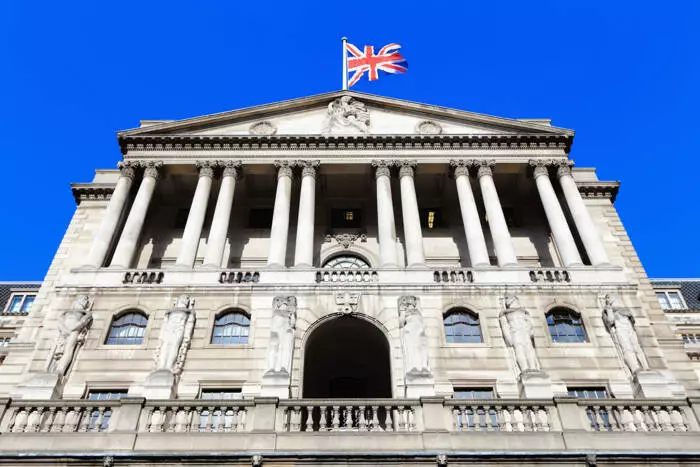The Bank of England is scheduled to hold a meeting on Thursday at 11:00 am GMT, amidst the backdrop of a General Election in the country. This event has added an element of complexity to trading decisions, as the central bank is expected to maintain a cautious stance ahead of the election to avoid creating uncertainty in the market. Current market sentiment suggests that there is an insignificant probability of a rate cut at this week’s meeting, with the Bank Rate likely to remain unchanged at 5.25%, marking the 7th consecutive meeting at this historically high rate. Looking ahead, the markets are divided on the possibility of a rate hold or a cut in August, with a greater inclination towards a cut in either September or November. It is worth noting that the markets have priced in approximately -46 basis points of easing for the entire year, indicating expectations of nearly two rate cuts.
In the previous meeting, Deputy Governor David Ramsden and external MPC member Swati Dhingra voted in favor of a 25 basis point rate cut, which was largely anticipated by market participants. The updated BoE projections indicate a downgrade in inflation and unemployment forecasts, while growth expectations have been revised upwards. On the data front, recent figures revealed that headline nominal inflation moderated to +2.3% in the twelve months leading to April, presenting a significant decrease from the +3.2% recorded in March. Core inflation, which excludes energy and food components, surpassed expectations and remained relatively high at +3.9% year on year. Services inflation, a key metric monitored by the BoE, also exceeded estimates at +5.9%, reflecting strong price pressures in the sector. With the upcoming release of May’s CPI inflation data, analysts anticipate a slowdown in headline inflation to +2.0% and core inflation to +3.5%. Despite these figures meeting expectations, it is unlikely to sway policymakers significantly, but could potentially lead to modifications in the language used in the rate statement.
Recent data on the employment front revealed an uptick in the unemployment rate to 4.3% in the three months ending in April, marking the highest level since late 2021. Meanwhile, wage growth remained robust at 5.9% (including bonuses) and 6.0% (regular pay) during the same period. These figures highlight the continued strength in the labor market, despite challenges posed by the evolving economic environment. Similar to the Reserve Bank of Australia meeting, market participants will closely monitor the BoE’s rate statement for insights into the potential timeline for rate cuts and the voting behavior of the MPC members. Any significant deviations from expectations in these areas are likely to trigger heightened volatility in GBP currency pairs and domestic markets.
The Swiss National Bank is scheduled to announce its decision on Thursday at 7:30 am GMT, following a surprise rate cut in March that lowered the Policy Rate from 1.75% to 1.50%. Traders are currently speculating that the central bank could implement another 25 basis point rate cut, as indicated by the OIS curve suggesting a 72% probability of such a move. This sentiment has been reinforced by the latest inflation data aligning with market projections, prompting investors to increase their bets on a rate cut. Market participants will also pay close attention to any shifts in language or biases during the press conference, as these factors could significantly impact market sentiment and trading activity.

